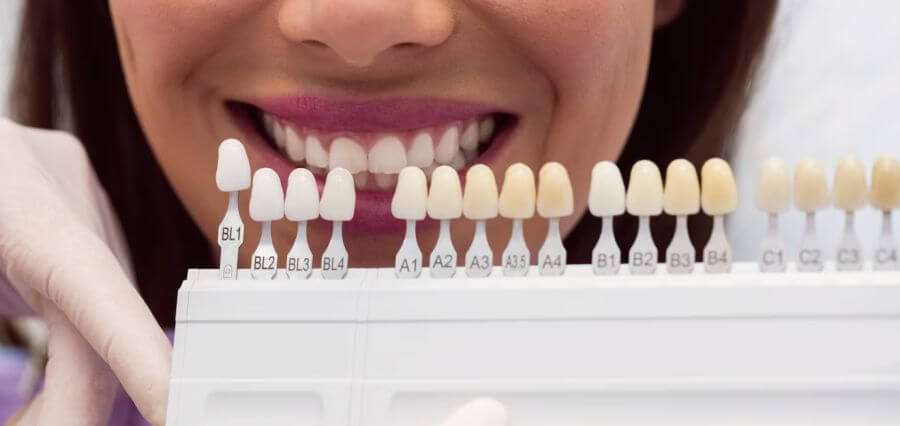Benefits of Remote Patient Monitoring
Healthcare is a rapidly evolving industry of technology and services. Remote Patient Monitoring (RPM) is a new development that benefits the healthcare environment. During the COVID-19 epidemic, the government ordered all citizens to postpone their travel plans and “remain at home.” This prompted providers to implement telehealth and RPM quickly.
RPM enabled clinicians to track their patients remotely and in real-time using cutting-edge technology, a user-friendly smartphone application, and simple-to-use medical equipment. RPM employs medical equipment equipped with sensors and wireless data transfer capabilities. These sensors are used to capture patients’ vital signs.
The wireless data transmission capacity is utilized for communicating this acquired data from the medical equipment to the mobile application to the cloud database, which the provider may access at any time. As a result, regardless of geographical distance, physicians may constantly monitor their patients’ health and change their care plan as necessary. Virtual healthcare encompasses tracking chronically ill patients, the elderly, preterm children, and even injured people.
RPM may benefit patients, providers, and the whole healthcare system by improving health outcomes, decreasing costs, and boosting efficiency. This essay will go through the top advantages of RPM for healthcare practitioners.
Higher Revenue Streams for The Practice
RPM benefits both providers and patients. Healthcare practitioners can bill for distant patient encounters like phone calls while boosting billable hours. Furthermore, telemedicine practice reduces patient no-shows and increases job productivity. RPM may help providers achieve a competitive advantage through innovative treatment models by attracting and maintaining more patients.
CPT codes 99457 and 99458, which compensate clinicians for time spent on virtual care activities such as analyzing patient data, enable clinicians to improve revenue sources. Remote Patient Monitoring will be most beneficial to healthcare professionals that employ gadgets that integrate easily with medical workflows, capture vast volumes of data, and enhance patient health.
Enhanced Productivity
The use of RPM with instruments such as Seer Medical’s ecg-eeg test improves the efficiency of healthcare operations. By acquiring, conserving, and exploiting patient data to improve medical decision-making, RPM can enable faster ranking of care delivery, case triage, and improved communication. RPM aids in the improvement of performance and the happiness of patients.
Furthermore, RPM assists healthcare practitioners in reducing waiting room congestion by remotely and concurrently monitoring several patients. Simultaneous monitoring enables clinicians to handle additional patients while concentrating more on their patients that require immediate attention.
Greater Access to Treatment and Reaches a More Significant Number of Patients
Inadequate access to healthcare services continues to affect the people of the United States, both in rural and metropolitan locations. Transportation issues, regional remoteness, and physician scarcity, among other factors, contribute to limited access to healthcare services. As a result, experts believe that RPM is the solution to closing the healthcare access gap. RPM enables clinicians to contact patients in remote places by utilizing cutting-edge technology.
With RPM, transportation, location, and physician shortages will not impact the delivery of high-quality treatment to patients. As previously stated, RPM enables monitoring several patients simultaneously, remotely, or outside the reach of traditional care delivery systems. RPM also crosses the digital gap in healthcare, empowering senior people who are less tech-savvy to manage their health.
Reduces The Number of Patients That Don’t Show Up
The most probable explanation for no-shows and same-day cancellations of clinic appointments is individuals forgetting their appointments. These no-shows waste money, consume valuable staff time, cause spurious access concerns, and most significantly, negatively influence patient care. Remote and continuous health monitoring is possible with RPM.
The constant gathering of data will allow clinicians to decide on the best therapy for their patients even if they do not meet in person regularly. As a result, it will diminish clinic attendance and no-show visits without affecting the provider’s pay. Clinicians benefit from remote patient monitoring using pieces of equipment such as Seer Medical’s ECG-EEG in a variety of ways.










